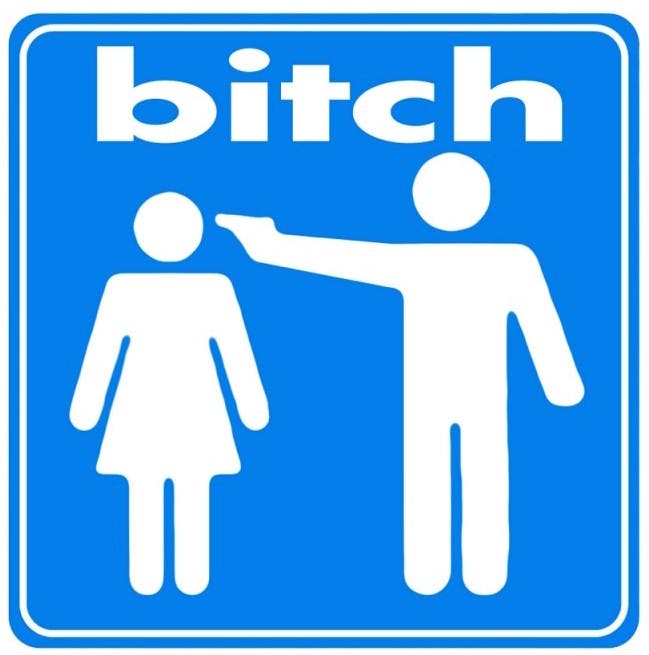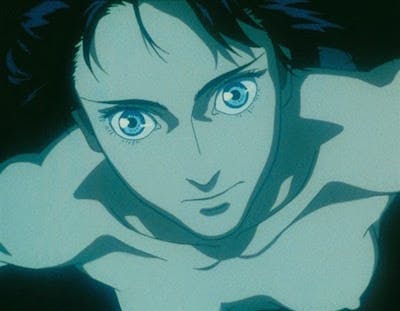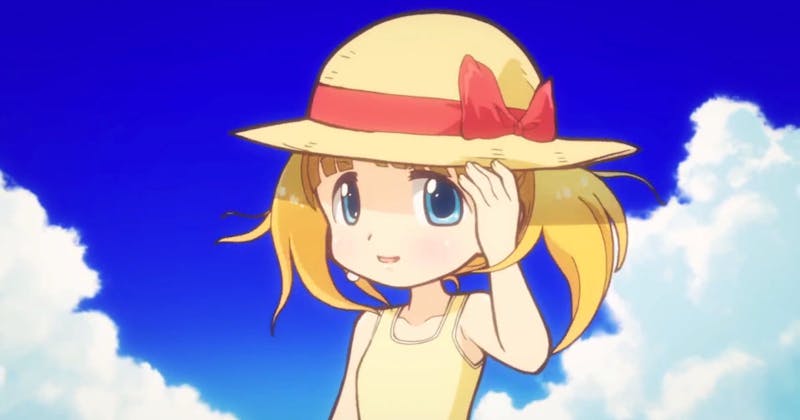When the first image from the Hollywood remake of the Japanese anime classic Ghost in the Shell emerged last week, a very familiar outrage ensued. Scarlett Johansson, in her role as the main character Motoko Kusanagi, is seen with an angular black bob and black eyebrows, in what appeared to be yet another example of “whitewashing,” in which a white actor is cast to play a person of color. It was also reported that Paramount executives had considered using CGI to make the non-Asian actors look more Asian, though they ultimately scrapped the plan. The response was swift and unequivocal on social media. The actor Ming-Na Wen tweeted:
Nothing against Scarlett Johansson. In fact, I'm a big fan. But everything against this Whitewashing of Asian role.😒 https://t.co/VS6r6iish9
— Ming-Na Wen (@MingNa) April 14, 2016
Jon Tsuei, a comic book artist, posted a widely shared Twitter essay that emphasized the Japanese essence of Ghost in the Shell, a story about cyborgs and hackers wondering what it means to be human in a digital age. This essence had supposedly been excised by Johansson’s casting:
Ghost In The Shell plays off all of these themes. It is inherently a Japanese story, not a universal one.
— Jon Tsuei (@jontsuei) April 15, 2016
Picking up the thread, Alex Abad-Santos at Vox wrote that the excitement surrounding the project had been overshadowed by “the decision to use white actors to tell a Japanese story,” while James Whitbrook at io9 argued that Paramount should simply have “[c]ast some Asian actors in these roles instead.”
Hollywood has a long, ignominious history of casting whites as Asians, as my colleague Elaine Teng noted in a recent article in the New Republic. In the case of Ghost in the Shell, the studio bigwigs were clearly unwilling to give a plum role in a very expensive blockbuster to an unknown quantity, a description that could apply to nearly every Asian in the acting business. Asians are the most underrepresented minority in the entertainment industry relative to the U.S. population as a whole, and hence the most invisible demographic in a country that understands itself largely through various forms of mass entertainment.
But the critics of the Ghost in the Shell adaptation make a series of presumptions that end up obscuring a more complex tale of cultural appropriation, or what we might more generously call hybridization. Is Motoko Kusanagi, strictly speaking, an Asian character? And what is a quintessentially Japanese story anyway?
Manga and anime began to assert their hold on Japanese culture in the aftermath of World War II. There is hardly an aspect of modern Japan that isn’t in some way rooted in this cataclysm, which, in the blinding flash of an atomic bomb, obliterated one way of looking at the world and ushered in another. Emperor Hirohito was no longer the father of the nation; General MacArthur was. The old hyper-nationalistic order was completely discredited, and came to be seen as the source of Japan’s ruin; but out of the ashes of defeat a new order, imported from America, could be erected. The taste for militarism and global domination vanished, and in its place rose an intense desire to be a paragon of gentle innocence, so much so that many Japanese saw themselves as the victims of the war’s Pacific Theater, instead of its principal perpetrators. And the notion that the Japanese were a superior race gave way to the humiliating reality of victorious, physically imposing American soldiers occupying their country and turning it into a virtual brothel.

Americans, when they think of Japan at all, consider it just another foreign country rather than one with a special relationship to the United States. But Japan views itself as uniquely entangled with America, their fates intertwining like the strands of a double helix. Americans wrote Japan’s pacifist constitution. To this day, Japan is protected by the United States’s military umbrella. And America has been a source of cultural inspiration for a country that, in the post-war era, has been distrustful of itself and has associated modernity with the West.
This has manifested itself in countless ways. The novels of Haruki Murakami, whose popularity in America is only exceeded by his popularity in Japan, are steeped in Western influences: “jazz music and Dostoevsky and Kafka and Raymond Chandler,” as he told The Paris Review. Akira Kurosawa’s films swallowed Western artworks whole and made them Japanese, whether they were stealing from Shakespeare (Ran, Throne of Blood) or Dashiel Hammett (Yojimbo, which in turn was the template Sergio Leone used to make A Fistful of Dollars). The novelist Minae Mizumura—whose A True Novel is a retelling of Wuthering Heights by way of The Great Gatsby—has argued that the Japanese artist is essentially defined by Japan’s relationship to the West, particularly America.

Japan’s absorption of American culture only becomes more frenzied at the consumer level. Every fashion subculture—punk, skater, preppy, goth, grunge, lumberjack, hip hop—is stripped of its original significance and blended together in an exhilarating melange that is somehow singularly Japanese. (Japanese fashion is, in many ways, the apotheosis of hipsterism.) The most ordinary salaryman has a David Bowie haircut circa Aladdin Sane, while housewives slip on pairs of Vans to go to the supermarket. The clothes of Comme des Garçons, the premier arbiter of Japanese chic, appear to be Western mainstays that have been chopped in a blender and stitched back together in a Frankensteinian hodgepodge.

The Japanese, in other words, are the ultimate cultural appropriators, unabashedly repurposing Western art and fashion for their own mysterious ends. There are instances in which Japanese indifference to authorial intent approaches the oblivious, such as when English words and phrases are rendered entirely meaningless. A popular skateboard brand in the 1990s was Bitch, whose logo was a bathroom symbol for the men’s room pointing a gun at a bathroom symbol for the women’s room. No one knew what this meant, least of all the Japanese who went around in polite society with the word “Bitch” emblazoned on their clothes. Or to name an example closer to home, my Japanese aunt recently sent my daughter a pair of green rubber boots branded with the word “Stample.” To ponder this neologism—an apparent combination of “stamp” and “sample”—and to guess at what its creator could have meant is to be confounded by the alienness of another culture.

But nowhere are the anxieties of the post-war era more apparent than in anime and manga. Emasculation, subjugation, the fetishization of innocence, the simultaneous reverence and envy of archetypal Western figures—all are present in a genre that the artist Takashi Murakami, for one, views as a subconscious battleground for grappling with issues that have never been addressed in a serious, overt way. This is exemplified throughout Ghost in the Shell, in the way its heroes—blonde, square-jawed, burly, and heavily armed—are juxtaposed against identifiably “normal” Japanese civilians with slumped shoulders and oversized spectacles. But it is especially apparent in the character of Motoko Kusanagi, who, like other anime heroines, boasts very long legs, large breasts that are exposed at every opportunity, and large, pale eyes. Whether the typical anime heroine is an idealized version of a white woman in Asian gloss is the subject of some debate, but what’s clear is that Motoko Kusanagi, like much of contemporary Japanese art and culture, is a composite of influences both Asian and Western. To put it another way, it hardly seems more authentic to cast, say, Rinko Kikuchi in this role than Johansson, who does happen to fit the physical profile of an anime character, down to the roots of her blonde hair.
None of this is to excuse Paramount or any other Hollywood studio that chooses to cast white people in the role of minorities. Cultural appropriation, at its worst, can be a tool of oppression, a way to assert the dominance of white culture by absorbing and making white everything that is different. It can perpetuate white notions of beauty and excellence, which is detrimental to any minority group that struggles to see some organic value in itself.

But cultural appropriation, at its best, can lead to hybrid phenomena that wouldn’t have existed if cultures remained siloed off from one another. We can all agree that the world would be a poorer place without Yojimbo. George Lucas’s appropriation of traditional Japanese dress produced the aesthetic of Star Wars, which hardly seems a cause for ethno-centric complaint. The list goes on and on, from the distinct way the Japanese play baseball to the invention of the California sushi roll to the way the Wachowskis appropriated aspects of Ghost in the Shell for The Matrix. And it’s impossible to imagine what anime would be if its creators restricted themselves to some rigid notion of Japanese authenticity.
